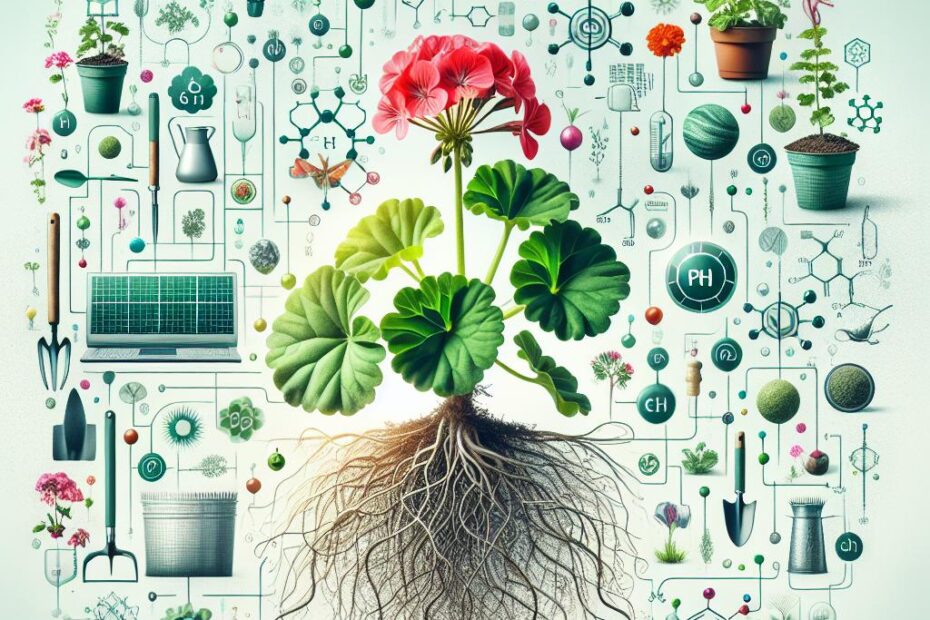Title: Geranium Soil pH: Understanding and Optimizing Your Plant’s Growing Conditions
Introduction
Geraniums are popular flowering plants known for their vibrant colors and fragrant blooms. To ensure these plants thrive and produce healthy flowers, it is important to understand the optimal soil pH for geraniums. In this article, we will explore the significance of soil pH for geraniums, how to test and adjust soil pH, and practical tips for maintaining optimal growing conditions for your geraniums.
The Importance of Soil pH for Geraniums
Soil pH plays a crucial role in the growth and development of geranium plants. Geraniums prefer slightly acidic to neutral soil with a pH range of 6.0 to 7.5. When the soil pH is too high or too low, it can affect the plant’s ability to absorb nutrients, leading to stunted growth, yellowing leaves, and poor flower production.
Testing Soil pH for Geraniums
Before planting geraniums, it is essential to test the soil pH to ensure it falls within the optimal range. There are several ways to test soil pH, including using pH testing kits, digital pH meters, or sending a soil sample to a lab for analysis. Once you have determined the soil pH, you can take steps to adjust it to meet the needs of your geraniums.
Adjusting Soil pH for Geraniums
If the soil pH is too low (acidic), you can raise it by adding lime or wood ash to the soil. On the other hand, if the soil pH is too high (alkaline), you can lower it by incorporating sulfur, aluminum sulfate, or elemental sulfur into the soil. It is essential to follow the recommended application rates and guidelines when adjusting soil pH to prevent overcorrection.
Practical Tips for Maintaining Optimal Soil pH
In addition to testing and adjusting soil pH, there are several practical tips for maintaining optimal growing conditions for your geraniums:
- Ensure proper drainage: Geraniums prefer well-draining soil to prevent waterlogged conditions, which can lead to root rot.
- Avoid over-fertilization: Excessive fertilization can disrupt the soil pH balance and harm geranium plants. Use a balanced fertilizer with the appropriate nutrient levels for optimal growth.
- Mulch regularly: Mulching around geranium plants helps retain moisture, regulate soil temperature, and reduce fluctuations in soil pH.
- Monitor soil pH regularly: Regularly test and monitor the soil pH to ensure it remains within the optimal range for your geraniums.
Case Study: Optimizing Soil pH for Geraniums
A gardener noticed that their geranium plants were struggling to bloom and had yellowing leaves. After testing the soil pH, they discovered it was too low. By adding lime to the soil and adjusting the pH, the geranium plants thrived, producing healthy flowers and vibrant foliage.
Conclusion
In conclusion, understanding and optimizing the soil pH for geranium plants is essential for their growth and blooming success. By testing, adjusting, and monitoring the soil pH regularly, you can create optimal growing conditions for your geraniums. Implementing practical tips such as proper drainage, balanced fertilization, mulching, and regular monitoring will help your geraniums thrive and flourish in your garden.
By following these guidelines and best practices, you can ensure that your geraniums receive the necessary nutrients and growing conditions to produce beautiful flowers and foliage. Remember to always prioritize the health and well-being of your plants by maintaining optimal soil pH levels and providing them with the care they need to flourish.
